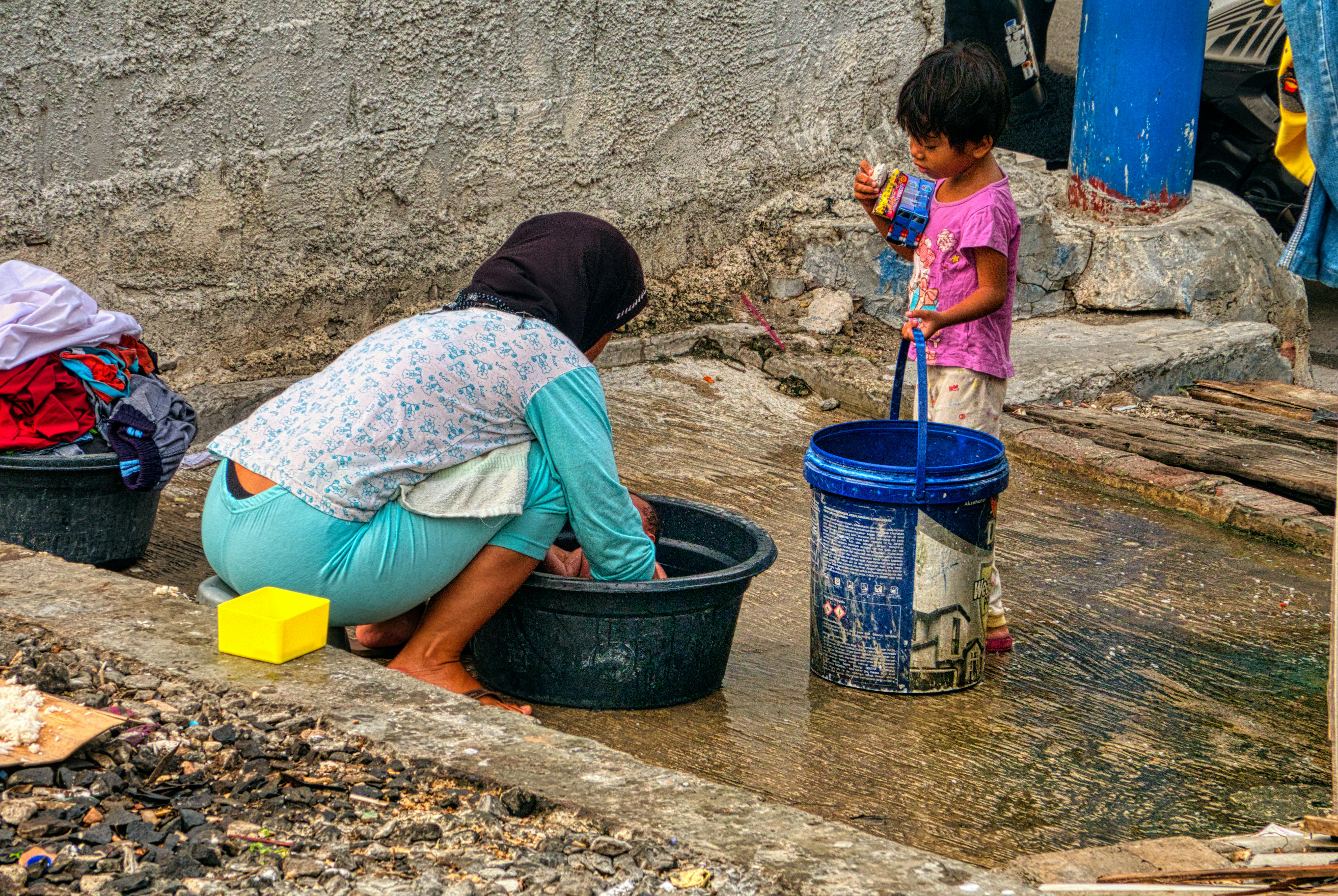Geraniums are beautiful and fragrant plants that add a vibrant touch to any garden or home. They are known to be easy to care for, but one of the most important aspects of caring for geraniums is understanding how much water they need. Knowing when and how much water to give your geraniums is essential in keeping them healthy and in blooming. In this article, we will discuss the importance of proper watering for geraniums and provide tips on how much water to use.Geraniums need to be watered regularly, but it is important not to overwater them. A good rule of thumb is to water them until the soil is moist, but not soggy. Water your geraniums when the top inch of soil feels dry. During the summer months, they may need to be watered every 5-7 days. In cooler weather and in winter, they may only need to be watered every 10-14 days. It is important to note that the amount of water needed may vary depending on factors such as climate, season and pot size.
Temperature
The temperature of the environment in which geraniums are grown can have a significant effect on their water requirements. Geraniums thrive in temperatures between 65 and 75°F, with temperatures below 60°F potentially damaging to the plants. In general, higher temperatures will result in greater water requirements for geraniums. In hot climates, geraniums may need to be watered on a daily basis or even twice a day in order to keep them hydrated and healthy.
Humidity
The humidity of the environment can also influence the water requirements of geraniums. Plants grown in high humidity conditions may need less frequent watering than those grown in drier conditions. The ideal humidity level for geraniums is between 40-60%, so keeping humidity levels within this range can minimize the amount of water needed.
Soil Type
The type of soil used to grow geraniums can also have an effect on their water needs. Soils with good drainage will require less frequent watering than soils that retain moisture for longer periods of time. If you are growing geraniums in containers, make sure the potting soil is well-draining to help reduce water requirements.
Sun Exposure
Sun exposure is another factor that influences the water needs of geraniums. Plants receiving more direct sunlight will need more frequent watering than those that receive less sun exposure. To reduce water requirements, place plants in areas where they will receive dappled shade throughout the day.
Fertilizer
Fertilizers can also have an effect on the amount of water required by geraniums. Fertilizers containing high levels of nitrogen may cause plants to require more frequent watering as they tend to promote faster growth rates which leads to greater moisture loss from the soil. Using a balanced fertilizer and avoiding over-fertilizing can help keep water requirements at an optimal level.
<br
Water Requirements of Geraniums
Geraniums, also known as Pelargoniums, are popular flowering plants. In order to keep them looking their best, they require a certain amount of water. Understanding the proper irrigation requirements of Geraniums is essential for their continued health and growth.
Geraniums should be watered regularly during the growing season, usually early in the morning or late in the evening when temperatures are cooler. The soil should be kept moist but not waterlogged. To determine if your plants need watering, stick your finger into the soil about an inch deep to determine moisture levels. If it feels dry, it’s time to water. Overwatering can cause root rot and other diseases in these plants, so be sure to check regularly and only water when necessary.
When it comes to irrigation, Geraniums prefer a slow-drip or trickle system rather than overhead sprinklers or hand-watering with a hose or watering can. This type of system helps ensure that water is evenly distributed throughout the soil and reaches all areas of the plant’s root system without leading to puddling or waterlogging of any particular area.
It’s important to note that during periods of extreme heat or drought, you may need to increase watering frequency for your Geraniums. Additionally, they may require more frequent irrigation when grown in containers compared with those planted directly into beds in the ground. Monitor your plants’ moisture levels carefully during these periods and adjust your irrigation schedule accordingly.
Various Varieties of Geraniums and their Water Needs
Geraniums are popular flowering plants that come in a variety of shapes, sizes and colors. They can be grown both inside and outside, and they are relatively easy to care for. Watering is an important part of growing geraniums, as they need different amounts of water depending on the variety. Here is a look at some of the more common varieties of geraniums and what their water needs are.
Zonal Geraniums
Zonal geraniums are one of the most popular types of geraniums. They have large colorful flowers in shades of pink, red, orange, purple and white. Zonal geraniums prefer to be kept moist but not wet. They should be watered when the top inch or two of soil feels dry to the touch. Too much water can cause root rot so it is important to not overwater them.
Martha Washington Geraniums
Martha Washington geraniums are another type that is widely available. These have smaller blooms than zonal geraniums but they come in a variety of colors including pink, white, rose and lavender. Martha Washington geraniums also need regular watering but should not be allowed to become soggy or wet. They should be watered when the top inch or two inches feel dry to the touch and then allowed to dry out lightly before watering again.
Ivy Geraniums
Ivy Geraniums have trailing stems that make them ideal for hanging baskets or containers with trellises or other structures for them to climb on. They have delicate flowers in shades of pink, red, white and salmon. Ivy geraniums require more frequent watering than some other varieties as they like their soil moist at all times but still not soggy or wet.
Scented Leaf Geraniums
Scented Leaf Geraniums have thicker foliage than other varieties which gives them a strong scent when touched or rubbed between your fingers. In addition, they have clusters of small flowers in shades of pink, red, lavender and white throughout the summer months. These prefer slightly dryer conditions than other types so they should only be watered when the top inch or two inches feel dry to the touch and then allowed to dry out before watering again.
By understanding how much water each type needs you can make sure your geranium plants stay healthy and look beautiful throughout the season!
Optimal Soil Moisture for Geraniums
Geraniums are a popular choice for gardeners, as they are easy to grow and come in a variety of colors. When it comes to caring for geraniums, one of the most important factors is soil moisture. Too much or too little water can lead to poor plant health and even death. The optimal soil moisture for geraniums is one that is evenly moist throughout the growing season.
When watering geraniums, you should aim to keep the soil evenly moist, but not soggy or waterlogged. A good rule of thumb is to water when the top inch of soil begins to feel dry. You can also check the moisture levels by sticking your finger into the soil and feeling around for dampness. If you find that it is dry, then it’s time to water your geraniums.
You should also be aware that different types of geraniums may require different levels of moisture. For example, some varieties may require more frequent watering than others. It’s best to check with your local garden center or read up on the particular type of geranium you’re growing in order to determine its specific needs.
When watering your geraniums, you should use lukewarm water rather than cold or hot water as this will provide the best results. You should also avoid overwatering your plants as this can lead to root rot and other problems. Additionally, you should always allow the top layer of soil to dry out before re-watering.
Overall, when it comes to providing optimal soil moisture for geraniums, it’s important to keep an eye on the moisture levels throughout the growing season and ensure that they remain consistent. If you follow these tips, then you will be sure to have healthy and happy plants!

Frequency of Watering for Geraniums
Watering your geraniums is an important part of keeping them healthy and attractive. The frequency of watering will depend on the temperature and humidity in your area, as well as the type of soil you have. In general, geraniums need to be watered about once a week during the summer months, and less often in winter. If you live in a hot, dry climate, however, you may need to water your geraniums more frequently. It is also important to make sure that the soil is kept moist but not saturated; overwatering can cause root rot and other problems. To test the moisture level of the soil, use your finger or a moisture meter to determine if it is dry before adding more water.
Signs of Underwatering Geraniums
While geraniums are fairly resilient, they can suffer from under-watering. Signs that your geranium isn’t getting enough water include wilting leaves and flowers, yellowing, or drying out of the leaf tips. If you see any of these signs, your geranium needs more water. You should also check the soil; if it feels dry to the touch, it’s time to water.
Signs of Overwatering Geraniums
On the other hand, overwatering can be just as damaging to your geraniums. Symptoms of overwatering include yellow or brown leaves that may become limp and fall off. The leaves and stems may also become mushy or soft to the touch if they are getting too much water. You can also check for root rot by looking for brown or slimy roots when you repot your geraniums. If you find any of these signs, it’s time to cut back on watering and ensure that your plant is in well-draining soil.
Measuring Soil Moisture for Geraniums
Soil moisture is an important factor in the health and growth of geraniums. The proper amount of soil moisture helps ensure that geraniums develop strong, healthy roots and foliage. There are several different methods for measuring soil moisture for geraniums, so it is important to understand the best methods for your specific needs.
The most common method for measuring soil moisture is to use a soil moisture meter. These are small handheld devices that measure the water content in the soil. They come in various sizes and shapes, and they work by inserting two metal probes into the soil and taking a reading from them. This is an easy and accurate way to measure the water content of the soil, but they can be expensive and require batteries or electricity to operate them.
Another popular method of measuring soil moisture is to use a potting mix probe. This type of probe measures the amount of water present in potting mix, which can then be used as an indicator of how moist or dry your geraniums’ soil is. Potting mix probes are relatively inexpensive and easy to use, but they do not provide as much accuracy as a soil moisture meter.
Finally, you can also measure your geraniums’ soil moisture by feeling it with your finger or hand. If you press your finger or hand into the top inch or two of soil around your geraniums, you should be able to feel whether it’s damp or dry. This method isn’t as accurate as using a meter or probe, but it can be helpful if you don’t have access to either device.
No matter which method you choose, it’s important to monitor your geraniums’ soil moisture regularly so that you can ensure they are getting enough water without becoming oversaturated. With the right tools and some careful monitoring, you can make sure your geraniums stay happy and healthy!

Conclusion
Geraniums are relatively easy to care for and require minimal watering. Generally, these plants need to be watered when the top 1-2 inches of soil is dry. During the summer months, it may be necessary to water geraniums every 5-7 days, and during the winter months, it may only need to be watered once every two weeks. It is important to adjust your watering schedule based on the environment in which your geraniums are growing and pay attention to signs of overwatering or underwatering. With proper care and attention, you can ensure that your geraniums remain healthy and vibrant.
Overall, geraniums need regular but infrequent watering in order to thrive. Adequate watering helps promote healthy foliage and vibrant blooms, while overwatering or underwatering can lead to stressed plants that may succumb to disease or pest infestations. As a general rule of thumb, water deeply when needed and allow the top 1-2 inches of soil to dry before watering again. With proper care and attention, you can ensure that your geraniums remain healthy and continue producing beautiful blooms all season long!

